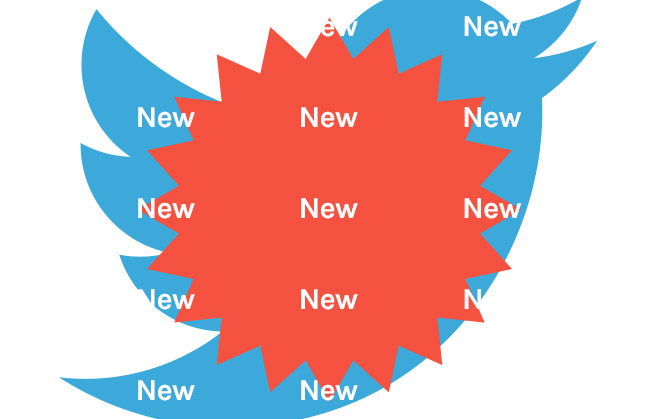
Twitter for business: The best customer-centric platform?
At The Practice, Twitter is perhaps our preferred platform for consumer brands, with its immediate nature perfect for a host of clever marketing activities. With recent updates designed to help businesses, how can brands enhance their Twitter presence further?
From reactive marketing to flash sales, and hosted brand chats to responsive customer support, Twitter is one of the most effective outlets for B2Cs. This also makes it one of the most sought channels for customers wishing to seek help, voice their enquiries and complaints, all in a public setting. This of course can be extremely positive or damaging for a brand’s reputation, depending on the nature of the message. However, it also presents a fantastic opportunity for brands to show their level of support, setting them apart from competitors who might not use the channel in this way.
So which new updates will particularly help businesses improve their use of Twitter? Just last month, we saw one of the most useful added to the list- the launch of a location-sharing feature, enabling businesses to provide directions to customers searching for nearby physical stores. This takes place over direct message, with a brand able to use their chat bot to ask customers to share their location. Customers can then reveal their locations based on GPS or by choosing a place from a drop-down list. The bot is then able to reveal the nearest outlet, provide directions, and even make reservations or take orders if they happen to be a restaurant. Brands ripe for such personal customer support include the likes of food outlets and retailers, with a number, such as TGI Fridays, already on-board with the new feature.
Other recent updates from the site include the removal of “@” usernames as part of its 140-character tweet limit. This change was announced around 1 year ago, but has only just been implemented now, coming as a welcome addition to those, especially brands, who might require more characters to effectively help customers, for example. Early last year, we also saw a new feature allowing businesses to add deep links to their tweets which automatically displayed a call-to-action button. These enabled customers to start a conversation (such as an order enquiry) in a public tweet, then move this line of communication over to Direct Message once the business responded with the call-to-action button included in the response tweet. For instance, the business is able to reply to a customer’s query whilst including a call-to-action button such as “Send a private message”. Clicking on this enables the customer to then continue the thread via direct message instead, enabling a more private support setting.
At this time, Twitter also launched a new Customer Feedback feature for businesses, allowing users to privately share their opinions after they’d sought help on Twitter. Using Direct Message, businesses can request feedback from customers, asking him or her to score their experiences on a scale of 1-10, and provide written feedback about staff members and interactions too. Shortly after this, Twitter also introduced automated welcome messages, displaying these as soon as a customer started a direct message with a business. This was coupled with a “quick replies” feature, which automatically prompts customers with a drop down list in order to outline their particular queries- these could be regarding an order placement, or with help in another particular area such as a problem with a transaction, or a technical problem on the company’s site.
Is Twitter a crucial part of your business’s social media strategy? Do you find it a helpful channel for customer communication, or do you prefer other online methods such as Facebook or email? We’d love to hear your thoughts, so please tweet to us @PracticeDigital and share your comments on our Facebook page.




